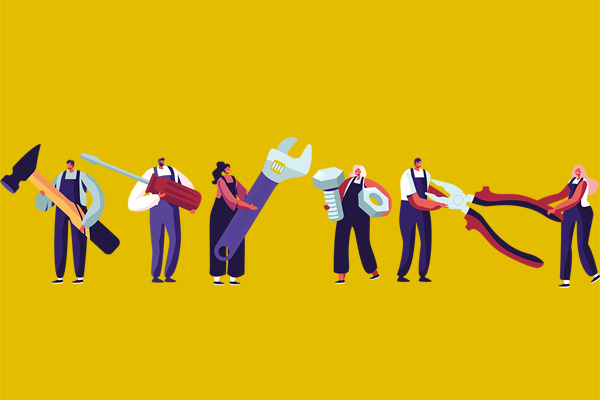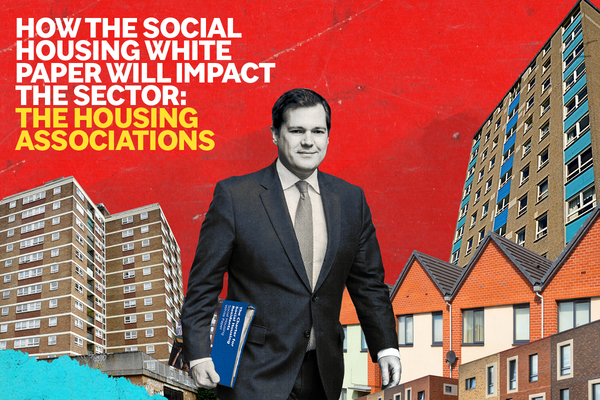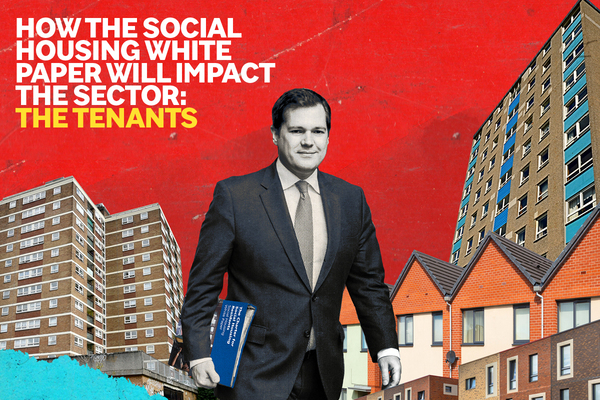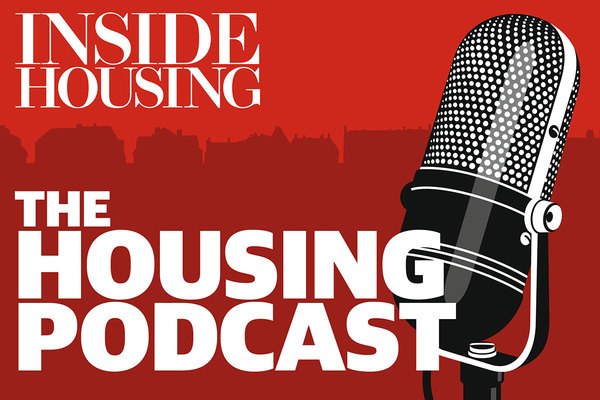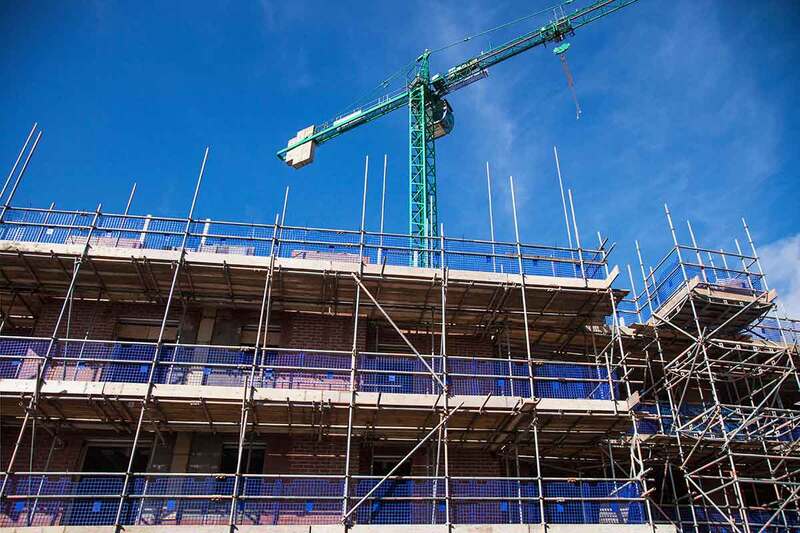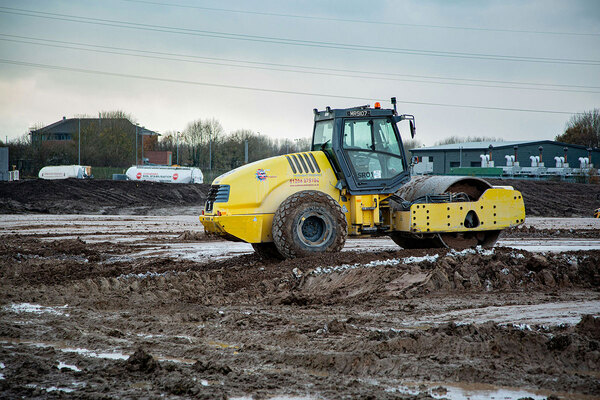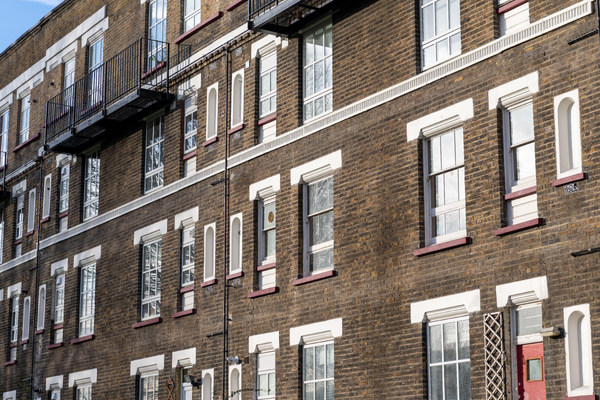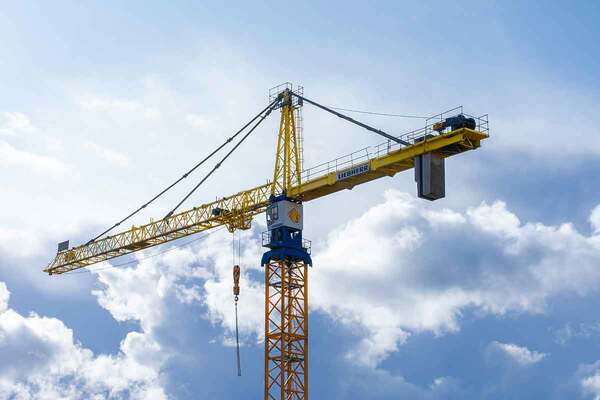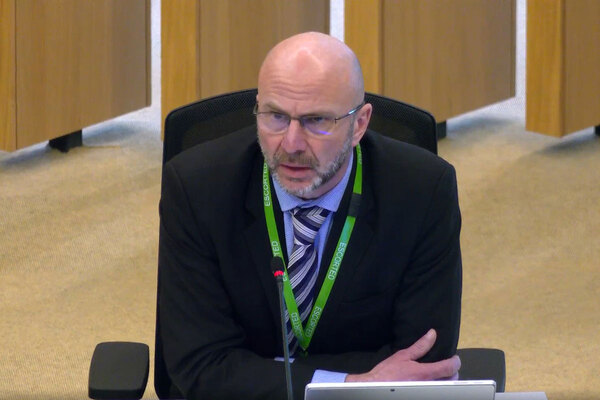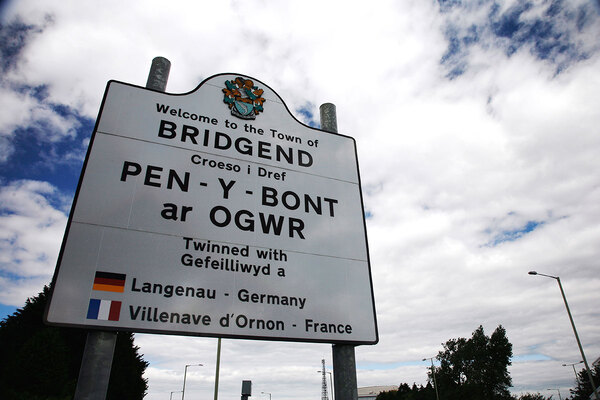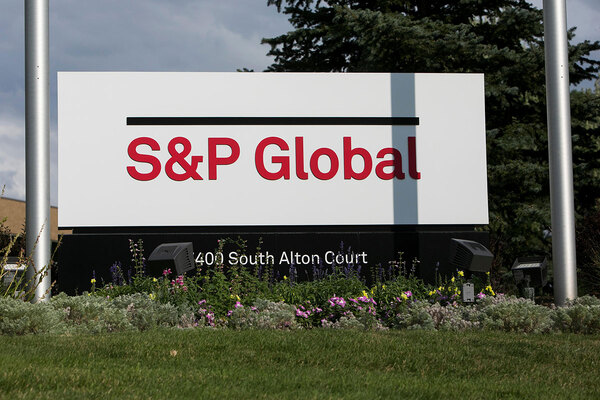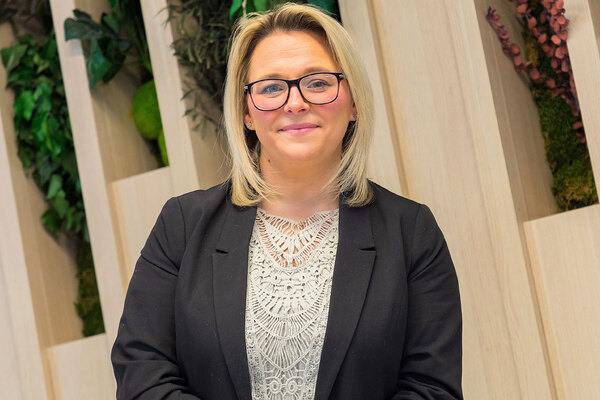Chartering a better future for residents
The Social Housing White Paper aims to establish a charter – laying out the standards anyone living in social housing should expect, including with repairs. Haris Khan of Plentific considers the likely impact
In association with:

The Social Housing White Paper sets out seven clear standards that residents should expect their landlords to meet, all ultimately centred on ensuring tenants have good quality homes and neighbourhoods in which to live. Why is this so important?
Having a safe, well-maintained home in a pleasant environment is central to the ability to live a happy and fulfilled life. If you are living somewhere you don’t feel safe, or if your home is in need of significant repair, that can have a very big negative impact. Of course, that impact goes well beyond one individual or family – it reverberates throughout society in the form of poor health, or increased crime rate, or poor economic outcomes.
If the social housing sector can ensure it is consistently meeting all the proposed charter standards, then we will not only be giving the best possible services to tenants, we will be supporting improved life chances and, indeed, a stronger society. That is why this is so vital.
Many of the standards in the charter relate to the way in which social landlords interact with tenants. What do you think providers need to be doing to ensure they are offering the best possible experience here?
As consumers, we’re all now used to engaging with our vendors directly. If you look at Amazon, you buy from a platform and the organisation that actually provides you with the product remains faceless. But the service you get is brilliant, because you have access to that organisation should you need it and you’re kept up to date with everything about your order.
Historically, conversations between landlords and tenants have not been like that. If tenants want to know – very reasonably – when the last compliance check on a building was completed, or if legionella has been tested for, or what materials were used in the construction of their home, they have to ask the landlord. For most landlords, though, these questions will be very difficult to answer quickly.
Most social housing providers do not have technology that enables them to just click a button and instantly see all that information for a property. It is more likely they will have to check a massive file of documentation and, best-case scenario, they will take a few days to respond to the query. This is not a great experience for the tenant – or, in fact, for the employees of the social housing organisation who are handling the query.
“Technology makes it easier to share data and information – whether that’s about repairs, maintenance or compliance – and that is empowering”
It’s the same thing with maintenance. A tenant usually has to phone the landlord to report a needed repair, the social housing organisation then has to contact a contractor, the contractor then has to find the right person for the job, and then there may be a lot of effort to schedule a mutually convenient time for the repair. Multiple steps and multiple people are involved, with complex chains of communication. It’s not surprising that important points are lost in translation and, again, that a poor tenant experience can be the result.
Smart use of technology can really help here. I think if social housing organisations are to meet their tenants’ expectations, and meet the important standards proposed in the white paper charter, then enhanced use of digital is going to be really important.
In which areas do you think digital technology could make the biggest difference to the services social landlords are providing to tenants?
There are several. Repairs and maintenance is an important one. Software platforms, like the one we offer at Plentific, can act as an enabler for housing associations and tenants to interact with each other and the contractors, so that information isn’t lost. It makes the whole process transparent and greatly improves the tenant experience.
The white paper calls for tenant satisfaction surveys, and I think this is another area where digital could make a real difference. Again, if you look at managing repairs and maintenance via a platform like ours, it becomes possible for residents to provide feedback digitally per repair.
What that does is create an environment a bit like Amazon’s – the information relay between the resident, the housing provider and the contractor is transparent. Everybody can see where everybody stands in that relationship.
Basically, technology helps in any area where you want to put the tenant more in control. It makes it easier to share data and information – whether that’s about repairs, maintenance or compliance – and that is empowering.
How has COVID-19 impacted the ways in which social housing organisations are able to communicate with tenants?
I think many organisations were in the process of upgrading their means of communicating with tenants when COVID-19 hit, but the transformation wasn’t quite fully complete.
Some call centres went offline because workers were having to stay at home, and so tenants had nowhere to call in the event of a problem. Many organisations’ websites weren’t yet set up so that it was possible to report a needed repair that way. There have also been difficult decisions to make about which repairs should still be completed during the pandemic and which should wait.
For me the key lesson is that, when it comes to digitisation, the sector can no longer afford to move at the pace it was before COVID-19. The pandemic has shown that technology is an enabler. It can help landlords meet the expectations of tenants, and form stronger and more productive relationships with contractors. The sooner we can join up to implement platforms which help improve tenant experience and address common challenges, the better.
As social landlords think about consistently meeting the standards set out in the white paper charter, what do you think will be their key areas of focus in 2021?
What I’d like to see is all housing providers having an online portal for tenants which was centred on their well-being in all senses.
A tenant would be able to log in via a mobile and see when the last gas check was, the status of a repair they requested, and access all their tenancy documents. But it would also give details of local events, or sources of support in the community, or education and employment opportunities.
Bringing health and well-being into a digital platform where it’s also possible to report the need for a repair is, I think, the world I want to be living in from a technological perspective. I think that’s what social housing landlords should really focus on as a digital aim.
Having access to all that information in one place is something that I firmly believe would support tenants to live a better life and to have a stronger relationship with their landlord. That’s something that would not only be valuable to everyone in the sector, but also to wider society.
Sign up for our development and finance newsletter
Already have an account? Click here to manage your newsletters
